Welcome onboard
For some people, traveling by air has become purely routine, much like traveling by bus or train. For others, flying on a commercial airliner may be a once-a-year event when heading off on vacation. In the case of certain passengers, a flight may represent the first time they have ever been onboard an airplane, generating feelings of excitement and trepidation in equal measure about what may lie ahead.
Regardless of the type of flyer you may be, though, there will be aspects of your flight that you might find perplexing, intriguing, or even unnerving. There will be unfamiliar lights, sounds, and actions occurring inside and outside the aircraft that you do not understand. Furthermore, the aircraft itself may be making curious noises and doing what could be perceived by the uninitiated as strange. However, with the crew and ground personnel rushing about their business to get the flight away on time, there will be no one for you to ask about it.
So, AeroTime is here to guide you through the myriad of mysterious events taking place on your routine flight from A to B. Providing you with an explanation of what you might see and hear onboard each stage of your flight from take-off to touchdown, this guide will walk you through all those little idiosyncrasies you will experience on every commercial flight but have no way of explaining.
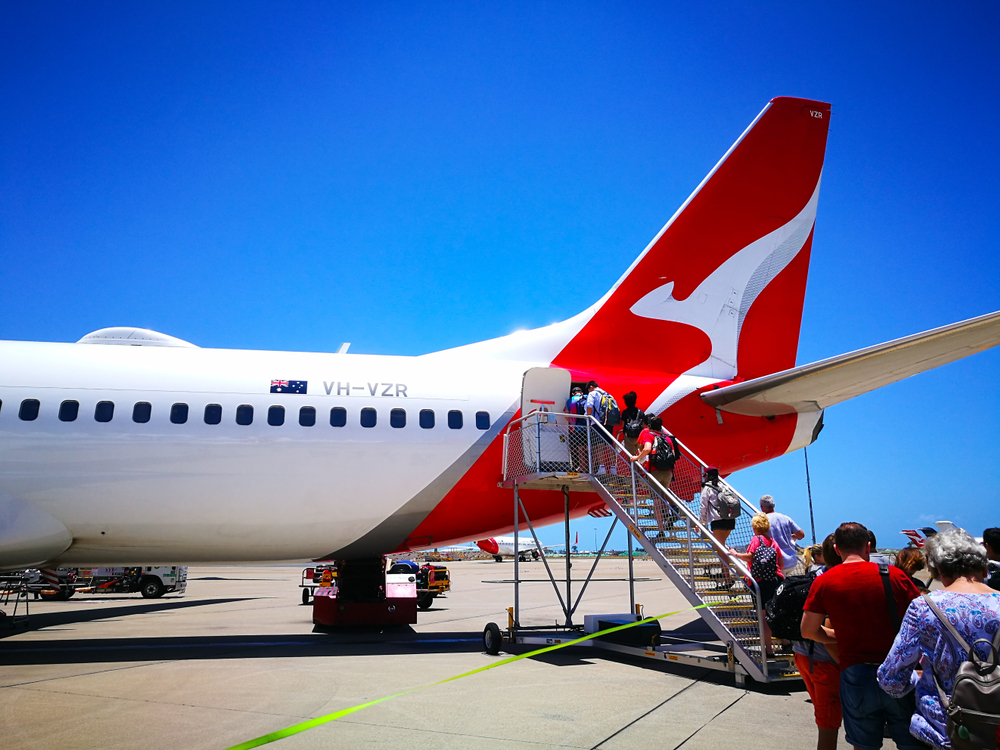
By the end of our walkthrough tour of the anatomy of your flight, you should have a better understanding of what is happening onboard and why, what to look out for, and the subtle indications that give clues to what is happening behind that strengthened door at the front of the plane, hiding your flight crew in their office as they go about their day’s work.
In this first part of a two-part article, AeroTime examines exactly what is going on in the pre-departure, taxying, and take-off phases of your flight, explaining the key events to look out for at each stage. So, please fasten your seat, ensure your window blind is open and your tray table is stowed. We will now begin our tour through a commercial airline flight, so sit back, relax, and enjoy the journey!
Before departure
Once you are onboard and safely seated, there will already be a rush of activity going on in the cabin around you. While the cabin crew ensures that other passengers are seated and all hand baggage is safely stowed, the pilots will be checking that the flight plan has been loaded into the aircraft’s navigation computer, the necessary airways clearance has been received from air traffic control (ATC) allowing the flight to join controlled airspace once airborne, and the latest weather and airfield information has been noted.
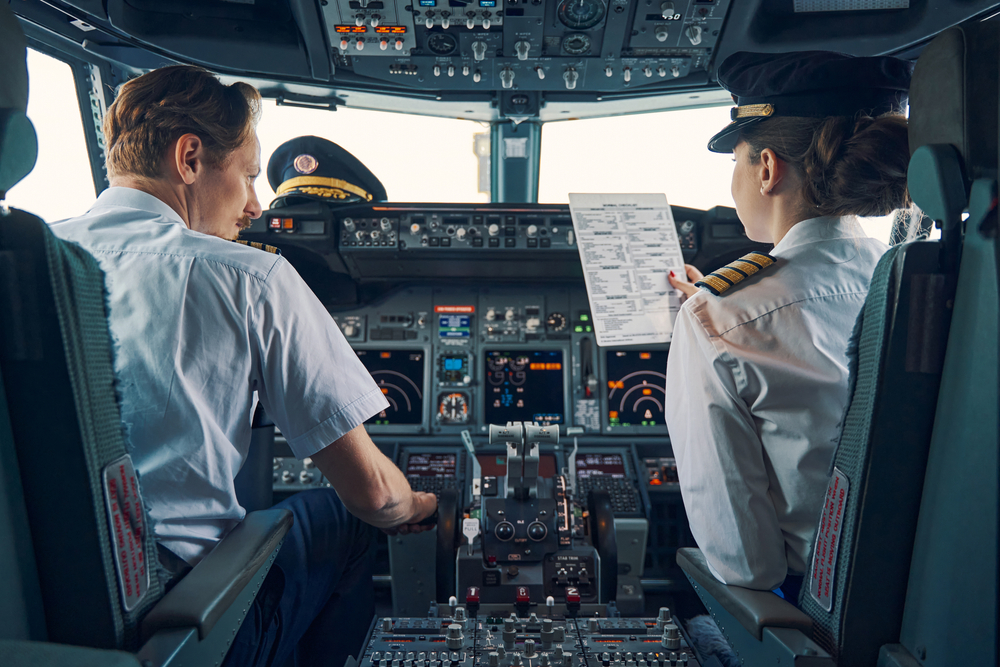
One of the last activities you may notice before the doors close will be the flight dispatcher entering the flight deck to hand over any last-minute paperwork, the final passenger and fuel figures, and a finalized load sheet to the flight crew. This data can then also be loaded into the aircraft’s flight management system for aircraft performance calculations. These figures are vital for the crew to be able to calculate the actual take-off speed of the airplane in the prevailing weather conditions (as we’ll see later). Often nowadays, this data is downloaded directly to the aircraft’s computer via a datalink.
With all ground personnel off the aircraft, you will hear the familiar call over the aircraft’s public address (PA) system: “Crew, arm the doors and cross-check”. This is a notification that the flight is preparing to start its engines and taxi, and for the cabin crew to set the passenger doors to ‘automatic’ mode. Once set, the emergency exit slides will deploy automatically if that door is opened, facilitating an escape should the need arise. Crews are asked to cross-check this action so that the corresponding door on the opposite side of the cabin is also set to automatic in case of such an emergency.
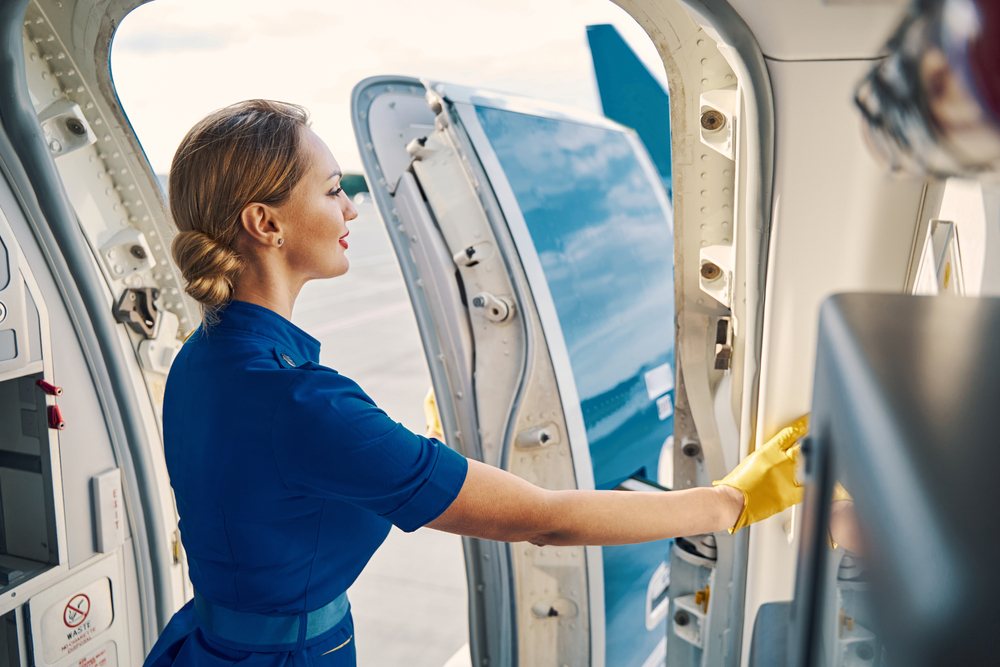
With the doors set and everyone in their seats, ground staff disembarked, and doors all secured, your flight is finally ready to depart. At this point, the pilots will contact ATC for push and start clearance, allowing the plane to be pushed back from its parking position (if applicable, depending on the airport) and to start its engines in sequence. Engines are, generally, never started together, as this could complicate the diagnostic process of any technical issues that may arise for the pilots upon startup (although exceptions to this rule can be found).
Push back and engine start
Just before the aircraft begins its journey, the aircraft’s red anti-collision beacons (one located on top of the plane and one below) will begin to flash. These lights are turned on with a switch in the flight deck and essentially warn all those on the ground around the aircraft that it is ‘alive’ and powered up, posing a potential threat to anyone working on the ground nearby.
Once you detect the anti-collision beacons flashing from the cabin (either from reflections on other parts of the aircraft or via the onboard cameras visible from your seat back screen), you know that your plane is ready to depart. As an aside. these lights remain on throughout the flight to improve your plane’s conspicuity with other aircraft flying in its vicinity.
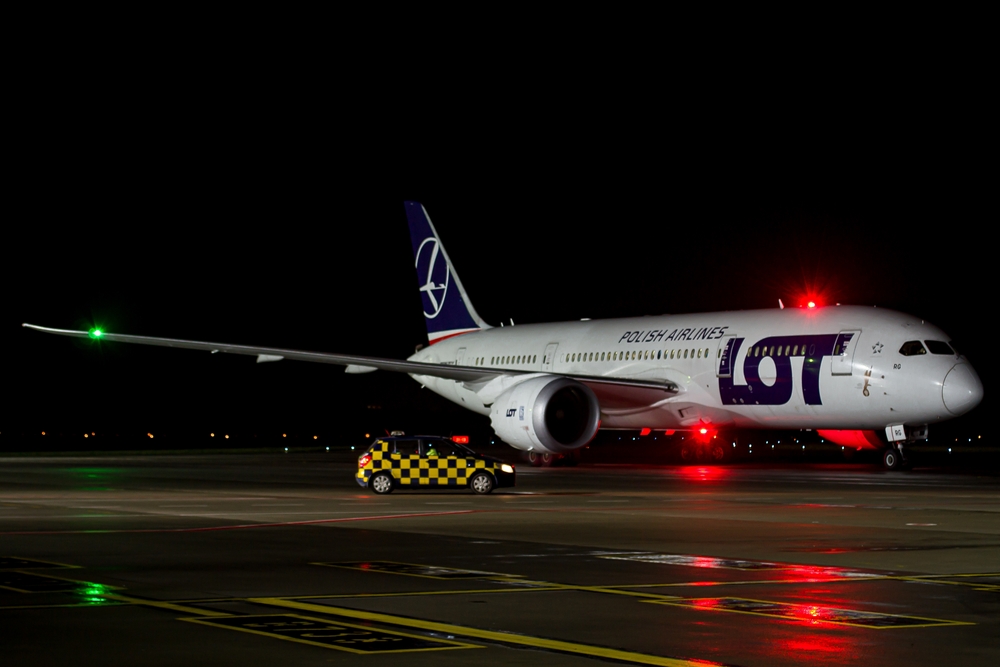
The next thing to look out for as part of the pre-departure process will be the sensation of a slight wobble or lurch through the airframe as the aircraft sways forward. This marks the point at which the ground crew, communicating with the pilots via headsets plugged into the underside of the aircraft, advises that the area around the aircraft is all clear and that the pushback vehicle is ready.
Once this message is conveyed to the pilots, they disengage the aircraft’s parking brake, hence the ‘wobble’. At this point, the mass of the aircraft shifts from the parking brakes to the pushback tug through the tow bar, as it prepares to move the aircraft backward into its taxi position.
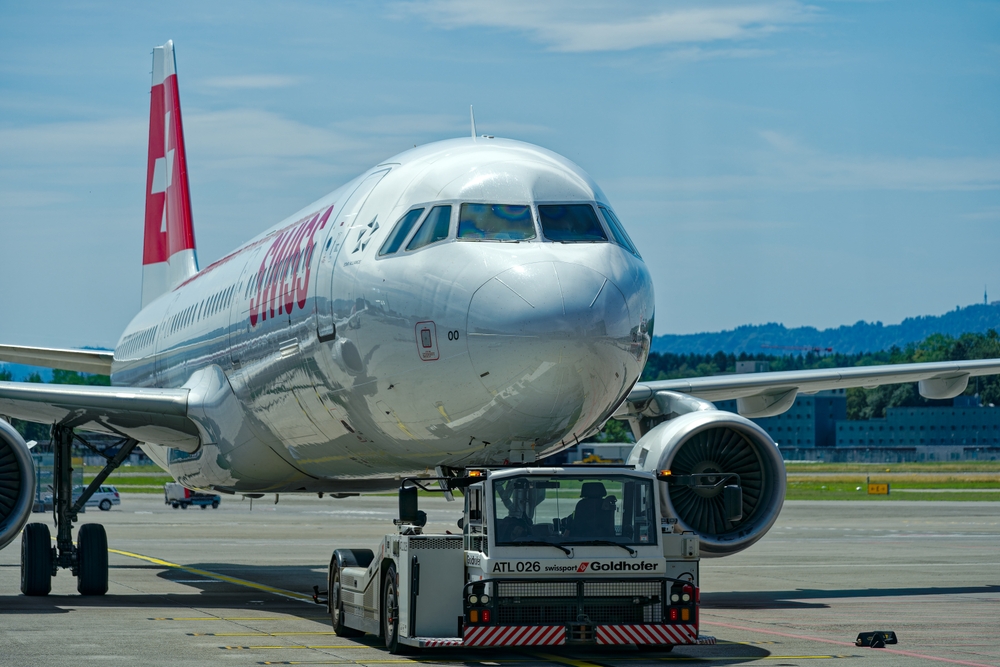
Once the pushback is complete and the engines are running, the crew will contact ATC again for taxi clearance, effectively asking the tower for the route they are required to follow and which taxiways to use to reach the active runway.
Before the aircraft begins to move, on the left-hand (port) side of the aircraft you may also notice the ground crew waving a thin red flag at the captain (who always sits, aviation convention dictates, in the left-hand seat in the cockpit of fixed-wing aircraft). The red flag is actually a strip of thick plastic material on which the words ‘REMOVE BEFORE FLIGHT‘ are printed, usually in white. This itself is attached to a thick metal pin, known in the industry as a gear pin or nose gear ground lock.
When in situ, this pin is fitted into a designated slot on the nose gear leg assembly to prevent the possibility of a nose gear retraction while on the ground. The pin slots into the retraction mechanism, effectively physically disabling the mechanism from performing its retraction function by jamming it. There have been incidents in the past where this pin has been left in place, forcing the flight to return to land when the crew was unable to retract the gear after take-off.
Ready for departure
Before the aircraft throttles up and starts to move under its own power for the first time, the pilots will perform certain functions, all of which are mandated by the applicable checklist.
Firstly, if you are seated near a window, you may notice parts of the wing moving in different ways. To the uninitiated, this can be alarming yet is a completely routine action for any pilot, whether they are flying a two-seat microlight or an Airbus A380. You might spot the spoilers popping up from the top of the wing and the ailerons deflecting upwards and downwards on the rear of the wing. This is the result of the flight crew performing a full and free movement check to ensure that all flight control surfaces (ailerons, rudder, elevators) are working correctly and the aircraft is fit to fly before taking to the air.
With the flight controls checked, the next thing you may notice (and indeed hear) is the extension of the flaps on the rear of the wing into the take-off position. One of the first items on before taxi checklists is to set the take-off flaps well before the aircraft approaches the runway. This early setting of the flaps for take-off ensures that one of the most important factors for getting the airplane into the air is dealt with, leaving the crew to concentrate on other pre-departure activities.
These flaps are so crucial for take-off that the aircraft itself will warn the pilots onboard if they are not set correctly. The crew gets an audible warning in the flight deck if they try to advance the throttles to take-off power with the flaps incorrectly set (known as a master configuration warning alert).
As your flight makes its way to the active runway for departure, you may hear two dings or chimes over the PA system. This is normally as the plane reaches the holding point near the runway and awaits its turn to take off. This audible alert tells the cabin crew to take their seats as the aircraft is ready to depart. This message is often also conveyed by a verbal “Cabin crew, seats for take-off” PA call on some airlines, although this can be replaced by the two ‘dings’ should the pilot workload dictate.
As your plane enters the runway, you might notice that the bright white strobe lights located at the aircraft’s wingtips start flashing. This action is an item on the pilots’ pre-take-off checklist once the aircraft is cleared to enter and lined up on the active runway for its take-off.
The lights are used for conspicuity once the plane is airborne, and given their intensity, can be a distraction to other pilots on the ground. This is why their use is limited solely to when an aircraft is ready to take flight. For the same reason, as part of the after-landing checks, these lights are turned off as soon as the plane vacates the runway at the airport of arrival.
One question that passengers often ask is why the cabin crew insists that the window blinds must be kept open, and the cabin lights are dimmed for take-off and landing at night. The answer is a simple matter of flight safety. With window blinds open (in day or nighttime conditions), should there be an engine incident on take-off (such as a fire and/or explosion), the cabin crew can visually check which side would be the most appropriate to initiate an evacuation on (and conversely, which side to avoid).

Equally, should there be an emergency during take-off, it would take the human eye several seconds to adjust from escaping from a brightly lit cabin into the darkness outside the aircraft where obstacles and other hazards may be present. Dimming the cabin light, then, significantly reduces this difference in lighting conditions so that an emergency evacuation is not hindered by passengers’ eyesight having to adjust to the different lighting conditions, potentially slowing down the whole process.
The take-off process
With everything all set, and the plane lined up on the centerline of the runway, the pilots now request clearance for take-off. With this received, the pilots make one last visual double-check of their instruments and then advance the engine levers (or throttles) to increase power and accelerate the aircraft.
As the engines spool up, the crew will initially increase the power slightly to stabilize the engines and ensure that they power up as commanded, before increasing to full power and releasing the brakes, propelling the aircraft down the runway.
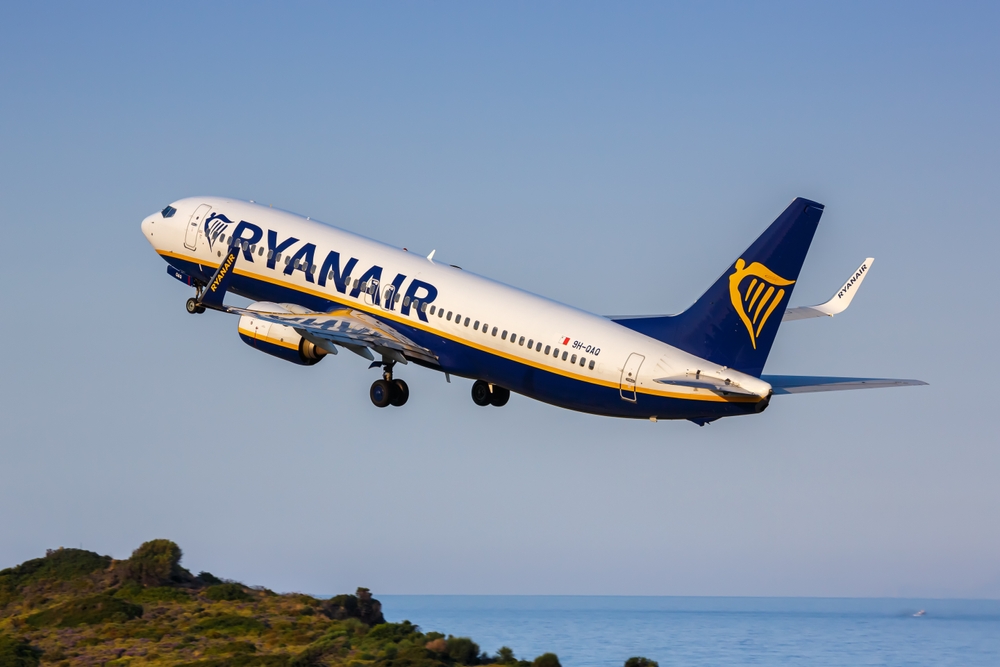
While the aircraft accelerates, the pilots are carrying out a multitude of functions. Firstly, they are looking outside to ensure the runway remains clear of obstacles throughout the take-off run. Secondly, they will be scanning their instructions, particularly those relating to the engines, making sure that the aircraft is accelerating normally and that temperatures and pressures within the turbines stay within prescribed limits.
Once powering down the runway, the pilots will be focused on the aircraft reaching three key speeds. The first is up to the point where the aircraft has reached 100 knots (115 mph/185 kph) along the ground, whereupon one of the pilots will confirm this to the other via a verbal callout of “one hundred knots”. Up until this point, should there be any failure of any system onboard or something outside the aircraft that concerns the crew, the take-off can be rejected, and the aircraft stopped safely on the remaining runway.
After reaching 100 knots, the aircraft will continue to accelerate to what is referred to as its V1 speed. This marks the most critical point of the take-off run. After this point, the aircraft can no longer be stopped on the runway and is committed to continuing into the air, regardless of any technical malfunction, even an engine failure or fire. Once airborne, the crew can take the appropriate actions, run the relevant checklists, and determine their intentions, conveying these to ATC. Even in the event of an engine failure on a twin-engine aircraft, V1 will have been calculated so that the airplane can continue to fly safely with one engine inoperable.
Anywhere between 100 knots and V1, only a major occurrence issue such as an engine failure or flight control issue will prevent the crew from continuing with the take-off. Past V1, the aircraft will reach its rotation speed (known as VR) a few seconds later, when the pilots pull back on their controls, rotating the nose into a climb position (normally around 10-12 degrees) so that the aircraft can unstick from the runway and get safely airborne.
Once in the air and with airspeed building, the crew will note “Positive Cimb” and raise the landing gear and retract the flaps to their fully stowed position, making the wing profile an efficient shape for flight and decreasing drag. Once safely climbing away, the engine power levers will be retarded from their take-off power setting down to climb power, which is audible from the passenger cabin by the notable decrease in the tone of the noise from the engines. This reduces the stress on the engine and its components, while also reducing fuel burn.
Now, with the aircraft safely airborne, the pilots will initially be concentrating on getting the aircraft to 3,300m (10,000ft) in altitude, during which the cabin crew will be released from their seats to begin their duties when safe to do so. Following this, the passenger seatbelt signs can be switched off. You will notice that, as mentioned previously, the wingtip strobe lights will remain on throughout the flight, as will the red anticollision beacons. These will be most noticeable from the cabin when flying at night or through cloud.
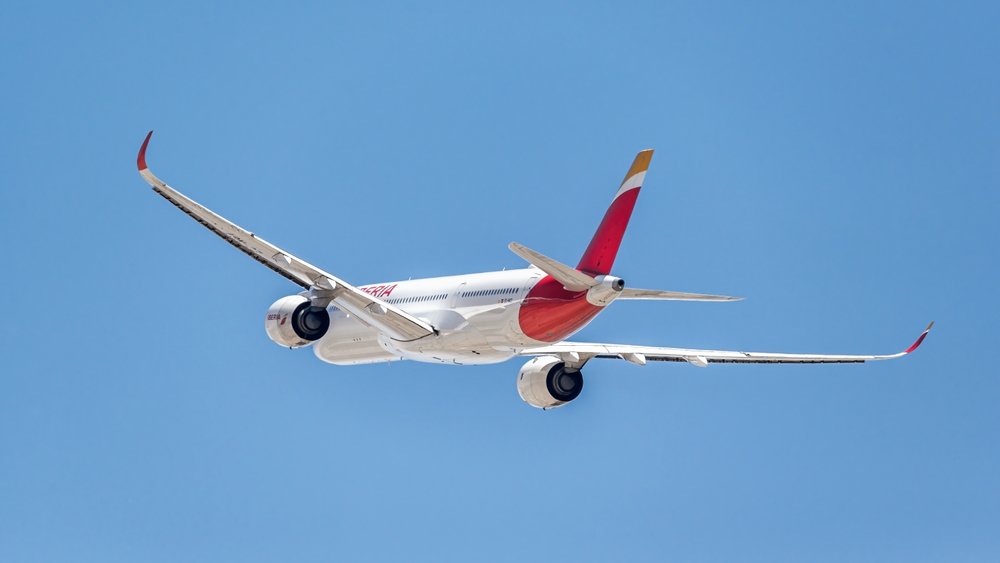
Safely on our way
With one of the busiest stages of the flight behind you, it’s time to sit back and enjoy your journey. In part two of AeroTime’s ‘Anatomy of a commercial airline flight – all you ever wanted to know’, we will examine the subsequent stages of your flight, from the cruise to descent and deceleration as you approach your destination and culminating in the landing and lastly, arrival at your gate.
Part two will soon be available on AeroTime. Be sure to keep a good look out for it.

